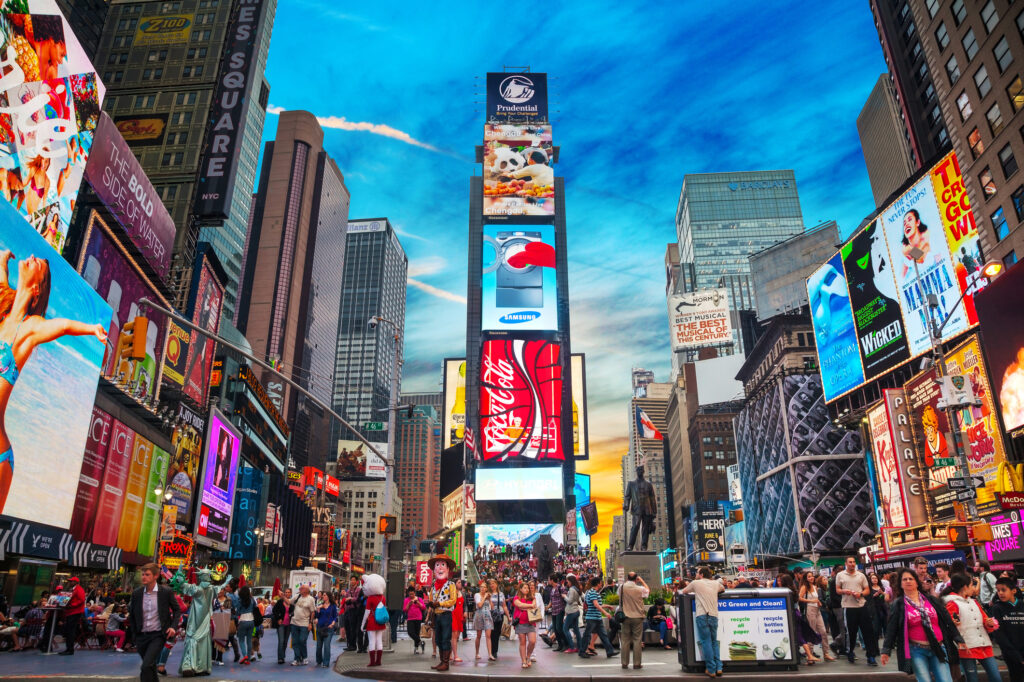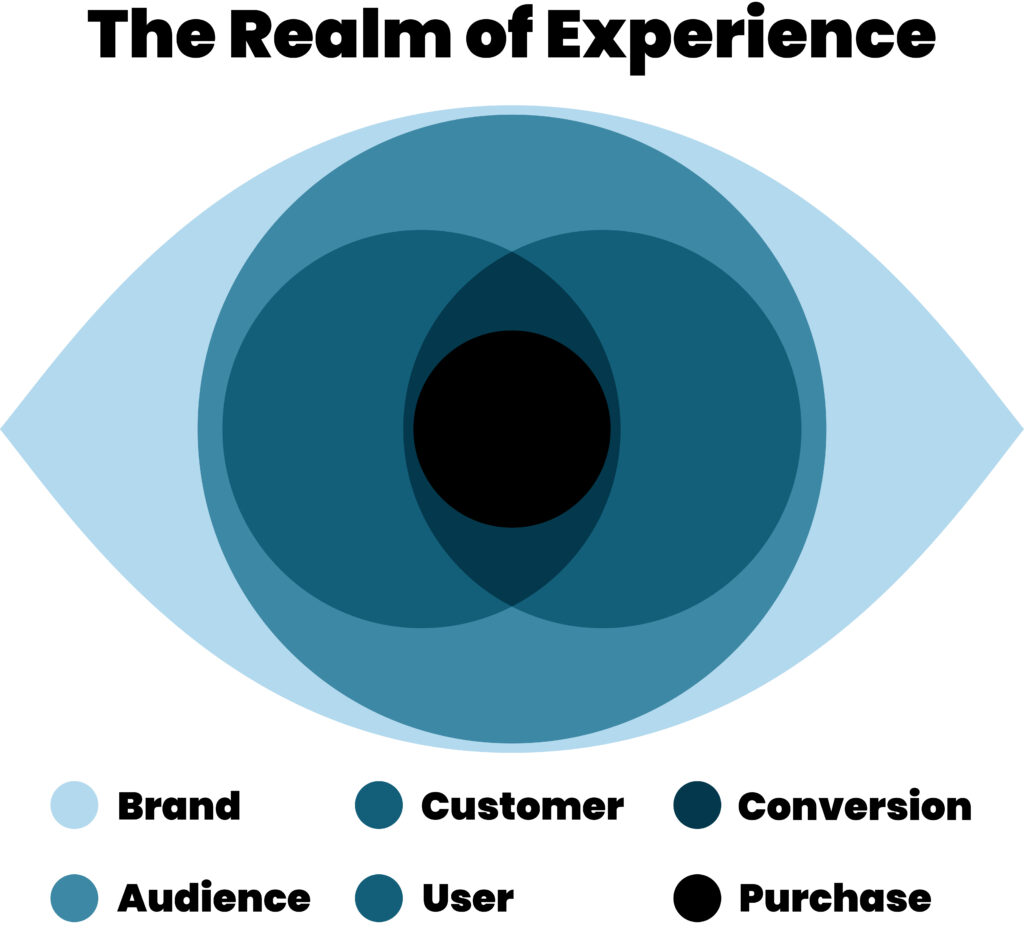
“Experience” can be interpreted in many ways. It’s one of those words that can be the noun, verb, adjective or predicate nominative (had to look that one up) of a sentence, resulting in very different meanings. As a noun, “the experience focuses on interactive visuals.” As a verb, “I experienced a similar reaction.” As the adjective, “the experienced designer is very talented.” And as the predicate nominative, “the developer is experienced.”
Similar to the word’s variety of uses, “experience” may have different meanings depending on where you sit in an organization. This article focus on how brands create experiences for people by activating one or more of the human senses. The purpose for this article is a response to questions I have received regarding why each type of experience is just as important as another. The experience architecture is easily overlooked, or maybe misunderstood, but it is a vital piece of knowledge for anyone who is responsible for a brand.
I have consolidated each level of experience into “The Realm of Experience.”
Brand Experience
The broadest dimension of experience, encompassing everything produced by a brand.
Audience Experience
Focuses on the individuals who actively see or hear brand visuals and messaging.
Customer Experience (CX)
Places emphasis on the intent of a transaction of value – whether monetary or non-monetary.
User Experience (UX)
Includes any experience where users are interacting with a brand, which could be physical or verbal.
Conversion Experience
Represents the overlap between customer and user experience, where the user approaches the moment of value transfer.
Purchase Experience
Occurs at the culmination of the transaction and immediately following the transfer of value.

Understanding how each level of experience works with its adjacent neighbor, allows marketers and communicators the ability to create continuity in the overarching experience a brand provides.
Loyalty Experiences
What the above explanation doesn’t include, is the Loyalty experience. Immediately after purchase, smart brands have pathways for customers into loyalty experiences. Typically the purpose is to create brand advocates – arguably, quite possibly the most powerful of all brand drivers. Below is my interpretation of how customers convert to loyalty experiences, post-purchase.
The image below displays two connected funnels with three key parts, the experiences that build trust, the moment of purchase and the experiences that keep trust – loyalty.
Building brand trust.
The top half of the funnel focuses on building brand trust. In this scenario, the individual is becoming more familiar with the brand. Each new experience presents the opportunity to build a trusting relationship. Eventually, that relationship culminates in a transfer of value – a purchase.
Purchase
This action is a defining moment in a relationship that signifies a level of comfortability and trust, in which value can be exchanged between the brand and the customer.
Keeping brand trust.
Immediately following the moment of purchase comes loyalty experiences, designed to support and affirm the customer’s decision. Loyalty experiences, the lower half of the image, are just as important as the journey which led to the moment of purchase; however, in these instances, the customer should feel privileged that s/he has converted and should be treated as such.

Experiences Matter
No matter if you are a new brand introducing yourself to a niche audience or a well-established brand with customers spanning generations – all experiences matter. Ignoring or disregarding one of the levels in the Experience Realm can throw off continuity in how your brand represents itself. More importantly, neglecting to support those who have found enough trust in you to purchase, creates a volatile imbalance that could culminate into brand detractors – a whole new world of problems.
All experiences matter and it’s up to brands to find the right ways to connect with their audiences, users and/or customers.
If you have any questions or would like further clarity on anything from above, please don’t hesitate to reach out. Also, if you have your own take on the topic of “experience,” I would love to learn your perspective – caleb@freemanhelp.com.

